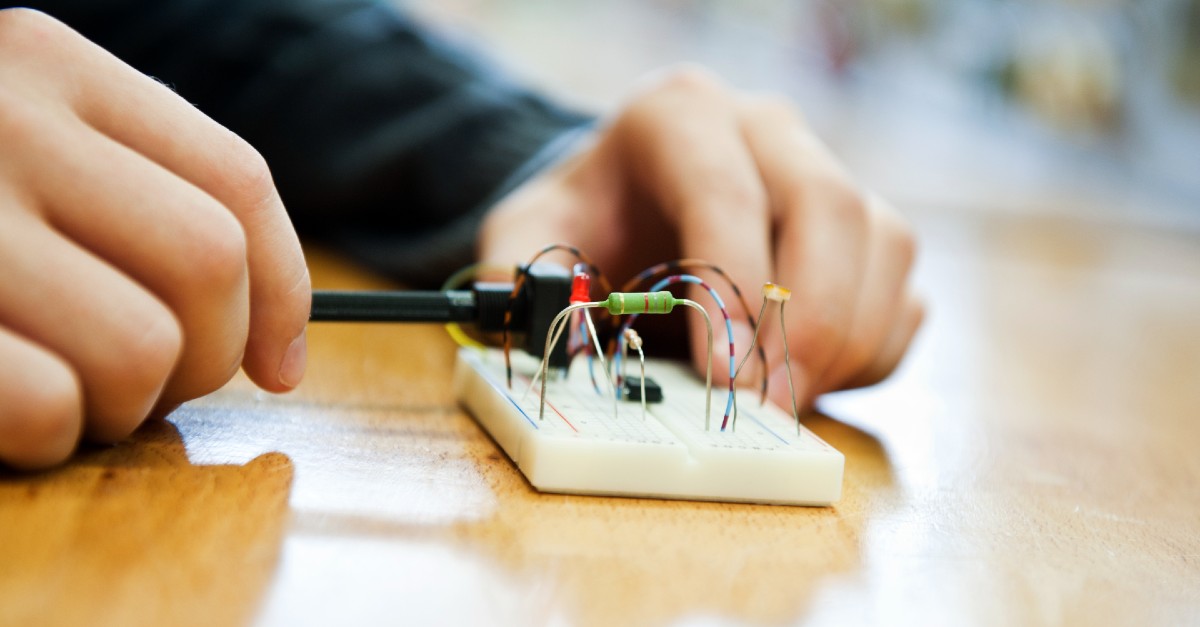In the ever-changing landscape of education, fostering students’ soft skills has become just as vital as academic knowledge. Soft skills, such as collaboration, communication, and critical thinking, are essential for success both in school and in the real world. One powerful way to nurture these skills in the classroom is by encouraging students’ curiosity. Let’s explore how curiosity can play a pivotal role in developing these essential skills.
Curiosity serves as the catalyst for collaboration in the classroom. When students are curious, they tend to ask more questions, seek answers, and engage in meaningful discussions with their classmates. In a classroom that supports curiosity, students are more likely to extend themselves beyond their comfort zone to form interest groups and collaborate with their peers in a more meaningful way to uncover answers to their own questions. Moreover, curiosity-driven learning encourages students to share their insights and ideas with others, promoting effective teamwork.
Effective communication is another soft skill that thrives alongside curiosity. When students are eager to learn and inquire, their communication skills, speaking, listening, and writing, naturally improve. Curiosity prompts students to express their thoughts, questions, and ideas more confidently. Curious students often engage in classroom discussions to gain a deeper understanding of complex topics, which supports them in improving their communication skills by developing the ability to express their thoughts with clarity.
When it comes to critical thinking, curiosity and critical thinking are closely intertwined. Curiosity motivates students to think critically about the world around them, consider different perspectives, delve deeper, analyze information, and seek out answers to their own questions. Engaging in curiosity-driven projects and activities can enhance students’ critical thinking abilities as they tackle real-world challenges.
Teachers can encourage curiosity in several ways to help develop these soft skills. Embracing inquiry-based and project-based learning methods can be instrumental. Creating a safe and supportive learning environment that encourages students to ask questions without fear of judgment is essential. Allowing students to explore their interests through research projects and presentations and promoting open-ended discussions that stimulate curiosity can create a space in which students can thrive.
Encouraging curiosity in the classroom is not just about satisfying students’ inquisitiveness; it’s about equipping them with the soft skills needed for success. When students are genuinely curious, they become more engaged, motivated, and enthusiastic learners. With curiosity as their guide, they will find themselves naturally developing the vital skills of collaboration, communication, and critical thinking. So, let’s go out there and cultivate curiosity and watch our students flourish.
